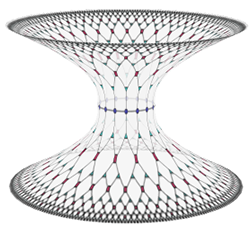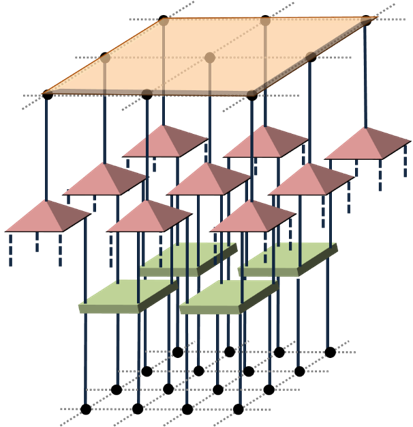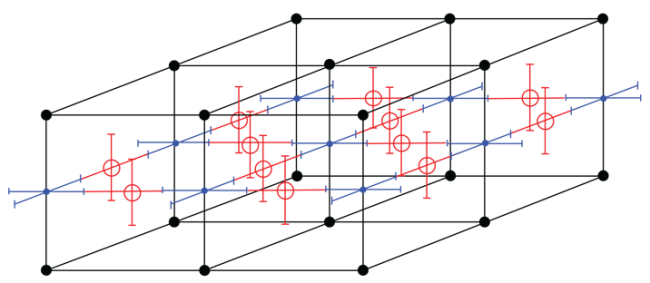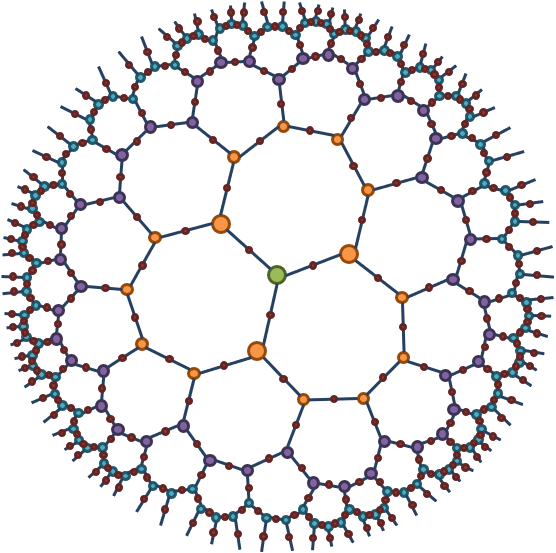Tensor Networks in Many Body and Quantum Field Theory

Tensor network methods are rapidly developing and evolving in many areas of quantum physics. They offer new ways of computing the properties of strongly interacting quantum matter. They provide new perspectives on theories with sign problems and/or significant entanglement. Tensor network ideas are also closely related to emerging efforts to design algorithms suitable for current and future quantum computing hardware or quantum simulation experiments. This program will bring together experts from a range of scientific fields with a common interest in these new methods.
Goals of the program
The aim of the program is to promote an exchange of ideas concerning tensor networks between different groups of theorists working in particle, nuclear and condensed matter physics. They share interests in developing efficient numerical algorithms based on tensor networks that allow for the accurate calculation of physical properties. We expect the program will help foster the exchange of ideas that will be beneficial for each group.
Despite the differences in the physics goals of the various practitioners, the concepts of universality and emergent symmetries provide a unified framework to understand the critical behavior of a variety of physical systems. We expect that the exchange of ideas will help in adapting these methods to systems in higher dimensions with more complex symmetries, both global and local.
Recasting quantum field theories in the language of tensor networks can lead to new insights both on the nature of quantum entanglement and the holographic principle. The latter connection is particularly exciting as it has potential to provide insights into the nature of quantum black holes and quantum gravity.
Organization
The program will take place for three weeks (see below).
Within each week we will arrange for a set of pedagogical introductory lectures on the theme for the first two or three days of the week with more specialized talks later in the week. The pedagogical lectures would serve to provide a common language and set of concepts to participants from all subfields participating in the program - condensed matter, nuclear and particle physics. We plan to have not more than 2 formal lectures plus an informal discussion session each afternoon in the early part of the week and up to three more specialized seminars each day in the second half of each week.
The program will consist of discussion sessions, which will be limited to invited applicants, as well as talks open to the public. All who are interested in participating in the discussions are required to apply.
WEEK 1
Hamiltonian approaches, entanglement considerations, DMRG methods, survey of MPS, PEPS and MERA tensor networks, applications in nuclear physics.
WEEK 2
Lagrangian, path integral and transfer matrix approaches, global and local symmetry considerations, models with relativistic fermions, (A)TRG, HOTRG, models in 2+1 and 3+1 dimensions.
WEEK 3
Holographic approaches. Conformal field theories, MERA tensor networks and AdS, quantum gravity with tensor networks.



